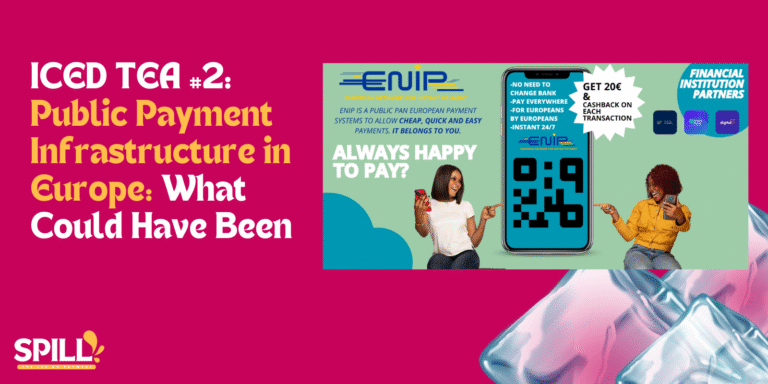Platforms and Marketplaces have disrupted e-commerce for over 20 years, yet marketplace payments remain a blind spot for the industry
Sales on top 100 online marketplaces in 2022 represents 3.25 trillion dollar, accounting for 55% of global E-Commerce. Marketplace payments are Stratospheric.
Ok, so far, I did not lose anyone. It is a consensus that Marketplace and Platforms are taking more space, seeing the volume of sales, the comments from McKinsey, Bain, etc.
OK, So now when a brand decides to sell products, they have to consider marketplaces as a new channel. In the past there were three options:
- Reselling your stuff to someone
- Opening my own physical store to sell my stuff
- Opening my own e-commerce website to sell my stuff
With Marketplaces and Platforms e-commerce, two new options appeared:
- Selling my own stuff on an online platform
- Opening my own platform to allow others to sell their stuff that potentially could be identical but that’s fine.
Opening own platform is a huge and long term investment. Option ” selling my own stuff on platform” is preferred by merchants who want to test and try product, open new countries, create distribution synergies.
A biased view on marketplace payments prevents PSPs from adapting
A lot of actors involved in E-com (including Payment service providers) have a biased view on e-commerce. I actually was also one of those, I can relate. They tend to completely ignore or under-estimate, the volume of transaction a merchants will do on platforms.
So payment professionals neglect the two last options and conducts their business like they used to do since the beginning of Internet. And it is a bad things. Remember the trillion dollar question !
Industry afterward crafted this idea of omnichannel approach, unified commerce call it, whatever you like, which is the convergence between channels, into one seamless payment experience.
A lot of Omnichannel product propositions were therefore built with the idea that Merchants should keep an absolute and total control of Payment Experience in order to avoid friction and create a bad customer experience.
But where are Marketplaces (in Europe and US) in this overall strategy? Nowhere to be found and this why it is getting interesting…
Friction cannot be avoided with marketplace model
Marketplace model, of course, creates frictions, whether we like or not. Bringing a third party in transaction, whether you are the third party and you use a third party, creates a friction between you and your final customer.
If I buy an electronic device on a marketplace and your website, it will not be the same experience. For example, I will not benefit the same A/S, the same guarantee potentially.
Merchants will have to fit on the marketplace customer experience that might be different from theirs.
How does the payment industry address marketplace payments challenges?
Marketplaces disrupts therefore the distribution model of payment products as well. Payment Service provider, Card scheme, no one is really at ease with this model.
This is a big grey zone, the big elephant in the room. Plus, it is not by appointing a couple of PayFac to onboard Marketplace that it will make the job.
Traditional actors try to make Marketplace fit the model and not creating a product around it. It should be the contrary, since Marketplace disrupts:
- Settlement relationship of acquirers and their way of conducting onboarding
- Processing products in relation to those settlement relationship
- Onboarding expectations from Scheme and Acquirers.
- Financial monitoring, don’t expect extravagant collateral when financial is not your main mission and purpose.
Finally how many marketplaces decided to do the job themselves?
A lot. TMarketplaces are building their own marketplace payments infrastructure to perform tailor made financial services, without extravagant expectations from Acquirers and Schemes.
They sell now their payment services outside their primary job to create a counter vision of unified commerce one: placing them at the centre of the game, not their provider. Alipay or WeChat are the perfect examples.
In China or Asia more broadly, we don’t really talk about unified commerce experience, as it is implied by the existence of platforms themselves. Forbes said in 2020, 44% of Global E-com is owned by 4 Chinese companies. This trends is not going to change with Temu or Shein growth in the West. Let’s remember that.










